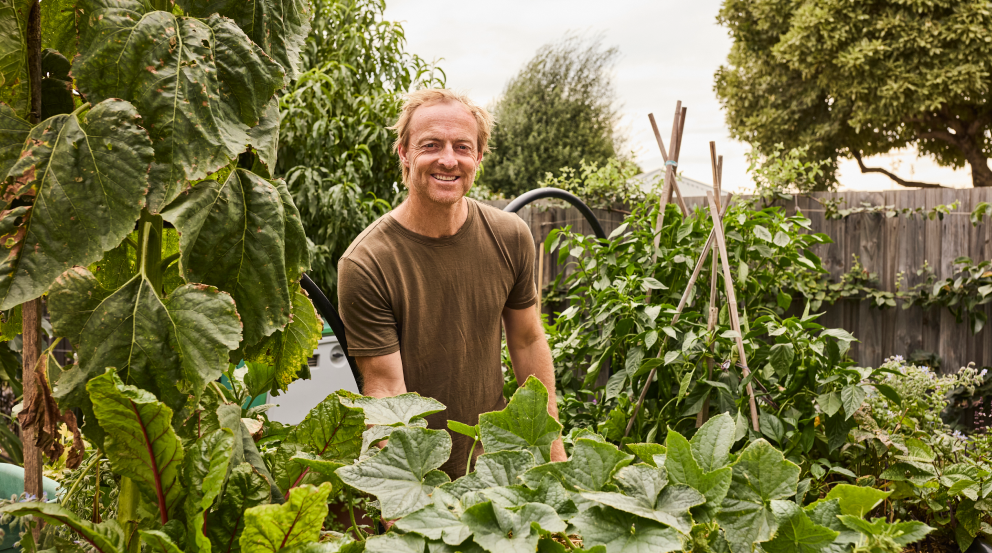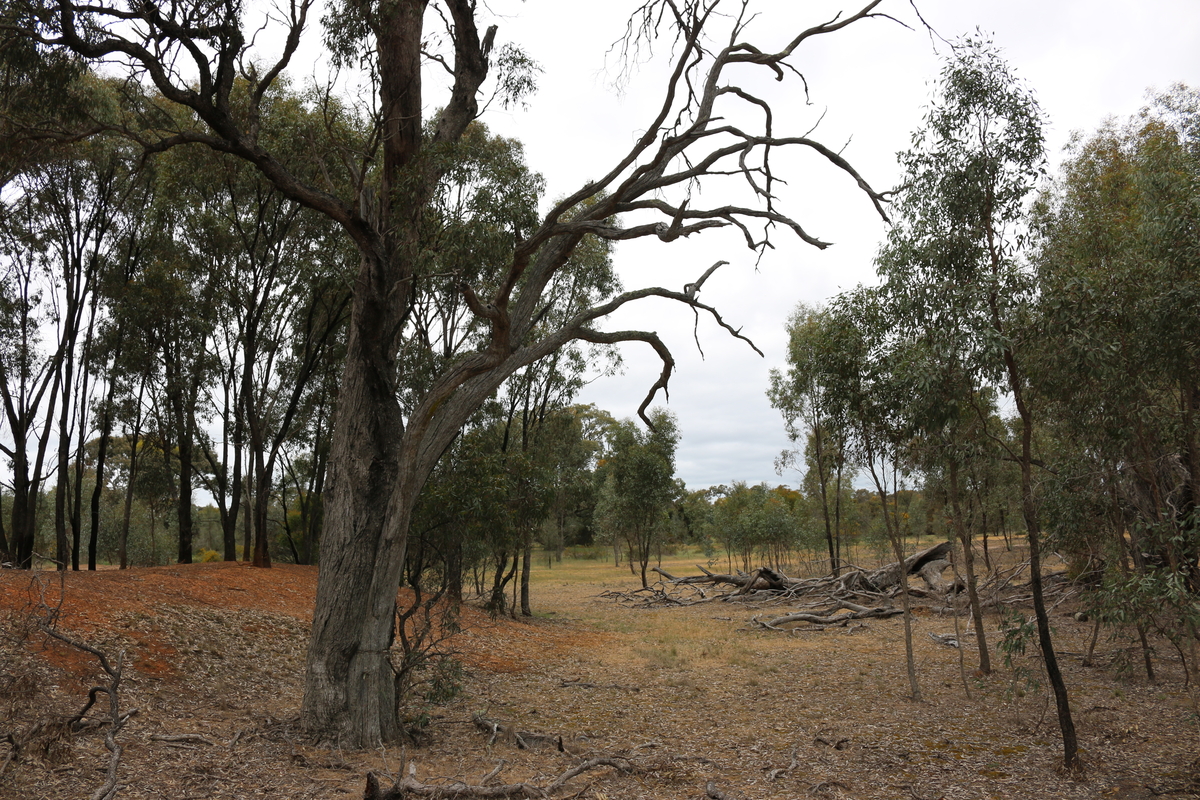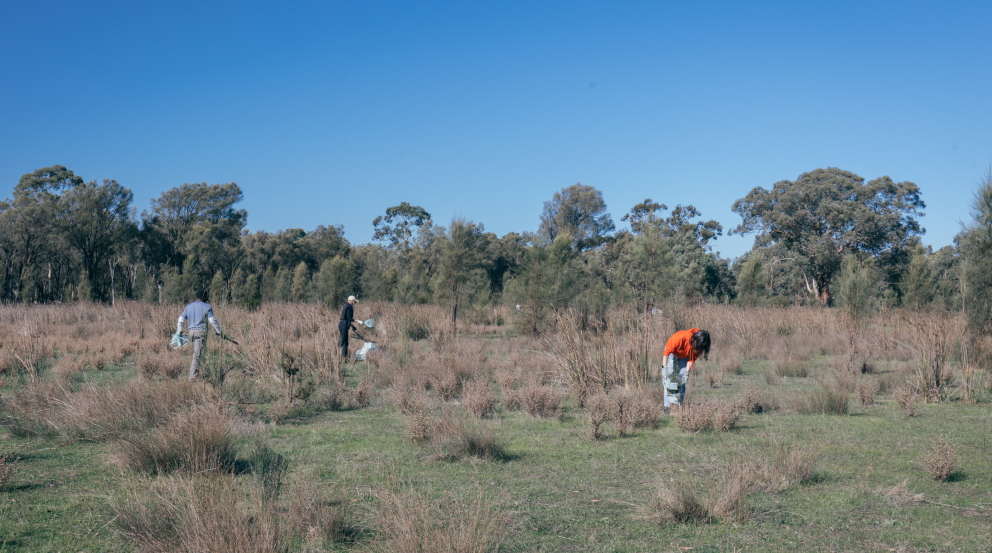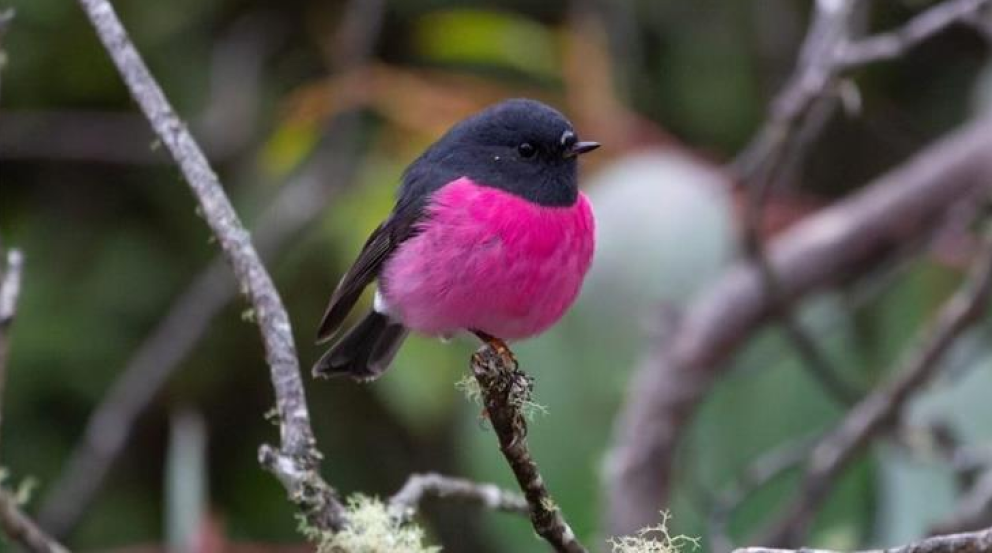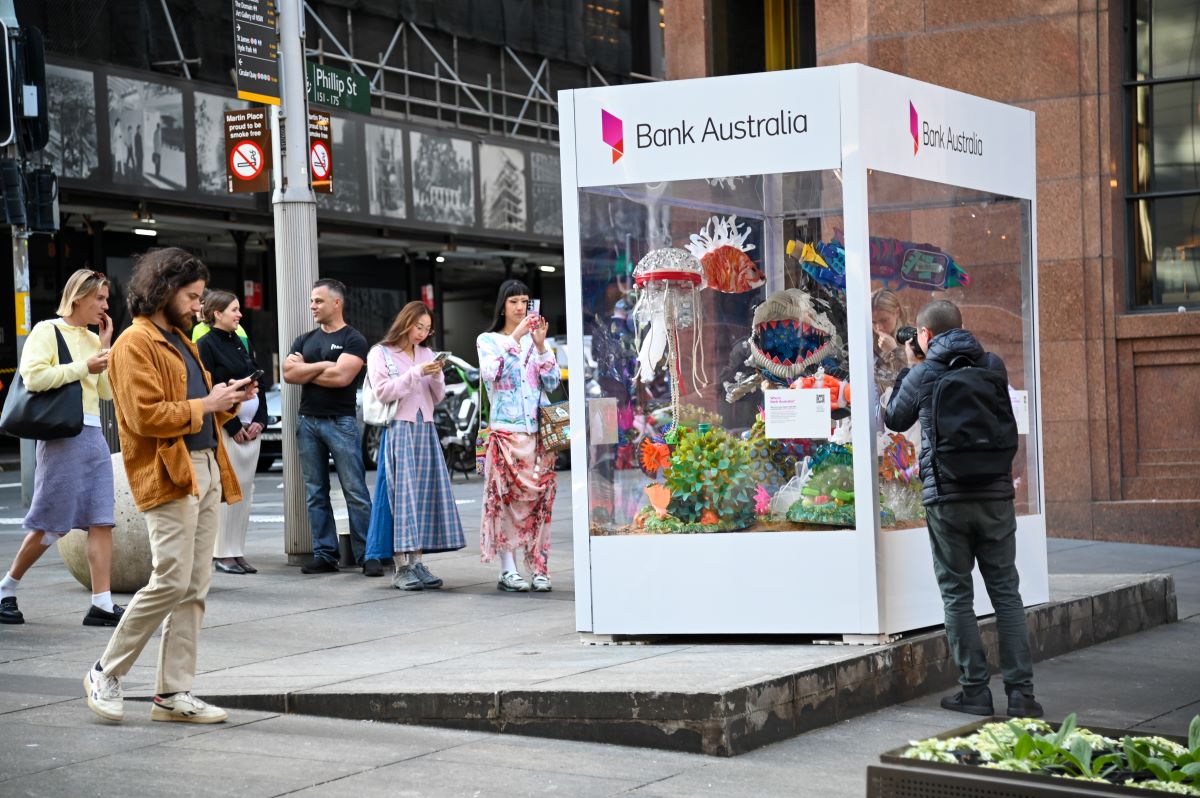Bank Australia customer Ben Shaw has been growing his productive permaculture garden for over ten years, and it’s a source of both food and joy. He shares seven tips for all aspiring green thumbs to apply to their own growing this spring.
Ben Shaw hasn’t bought an onion in years. As part of a local food-growing collective on Victoria’s Surf Coast (Wadawurrung Country) known as We Dig The Dairy, Ben’s family – along with nine others – grow food together on a shared plot of farmland.
“We grow enough onions for the whole year for everyone,” Ben says, with most of the other vegetables his family eats coming straight from their own backyard garden – a productive permaculture space that’s been over a decade in the making.
From green thumb to passionate permaculture gardener
Permaculture is an environmental design framework that mimics natural ecosystems to create thriving food systems. Coined in the 1970s, it aims to both meet human needs and improve ecological health.
Ben’s journey into gardening and permaculture began back in 2008, when his family moved from Melbourne to the coast. “We were lucky enough to buy a house with a garden, so I just started growing in our backyard,” he says. “We got chickens and had a crack.”
That small start then snowballed. In 2010, Ben completed an intensive Permaculture Design Course (PDC), which gave him a much deeper understanding of sustainable food systems. He began designing productive gardens, running workshops and integrating veggie patches for local businesses and schools. He now runs his own garden design business, with a focus on edible landscapes and regenerative food practices.
For Ben, who is a proud Bank Australia customer, gardening is more than just a source of food. It’s also a source of comfort and care. “It’s a place where I can tune out all of the noise that’s happening elsewhere in life and just be fully immersed in something,” he says. “And I think having a job where you can say – even in your own small world – that you’re making a positive difference to an environment that’s under a lot of pressure, it gives me some hope.”
As to the benefits of growing your own food? “It’s cheaper, it’s better for the planet and honestly it just tastes better,” he says.
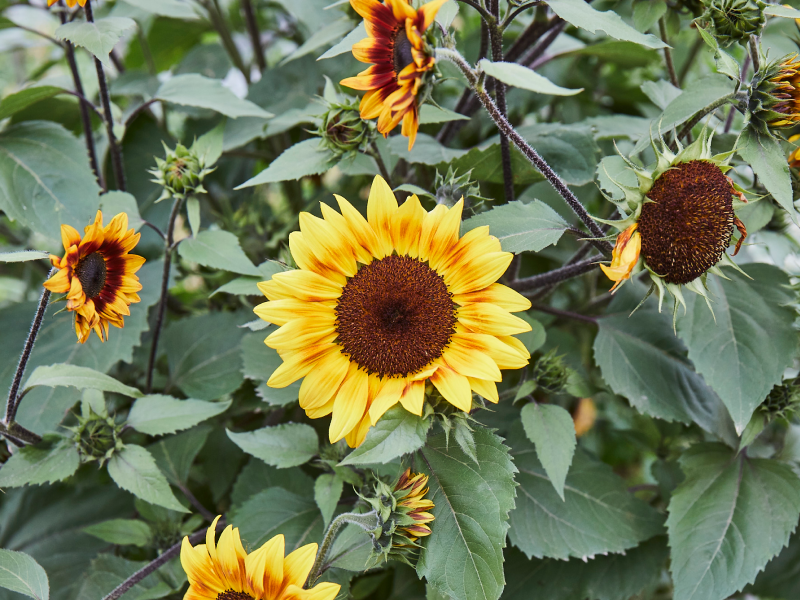
Ben’s top 7 tips for spring gardening
- Understand your site and microclimate
For Ben, the first step is evaluating your garden space and location. “A lot of people really underestimate the value of actually understanding a space,” he says, “whether it’s a balcony with pots, your backyard or a shared garden.”
That might mean considering your garden’s aspect (the main direction it faces), observing where the sun hits at different times of the day, or doing some research on the microclimate of your area. Even small missteps – like placing a veggie garden too close to tree roots or planting things that aren’t suited to your climate – can reduce your garden’s productivity. “If you understand your space, you can make better, informed decisions,” Ben says. “But watch out for paralysis by analysis – you don't have to overthink it, but spend some time thinking about where you are.”
- Try a no-dig garden
Ben is a big fan of the “no dig” garden method – sometimes called a “lasagna garden” – which involves layering organic materials like straw, newspaper, leaves, coffee grounds, and manures instead of digging into the soil. “It’s cheaper, quick to set up, better for the environment and easier on your back,” he says.
No-dig gardens allow you to plant directly into the layered materials, which break down over time to create compost. “You’re building soil health from day one,” Ben says. “And you don’t have to buy truckloads of soil from who knows where. You’re using what you’ve got. It’s a much more gentle way of starting.”
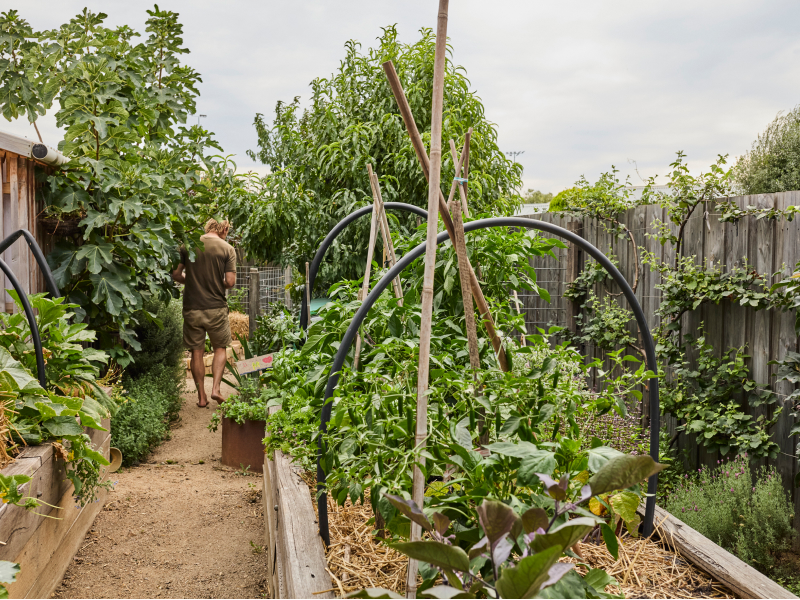
- Companion planting
Often, when people start gardening, they set up their plants in batches – tomatoes over here, rows of lettuce over there, herbs over here. But if you’re after a healthy soil ecosystem, Ben recommends companion planting, which involves growing different, complementary plants together. “Plants do better when they’ve got friends around them,” Ben says.
He uses the analogy of a good chicken noodle soup. “It’s not just chicken and water,” he says. “There’s a lot going on. You want carrots, herbs, all those extra flavours. Gardens are the same – diverse, layered and healthy. And the end product tastes better, too.”
A helpful hint for companion planting? “Things you like to combine in cooking often grow well together, too,” Ben says. “Basil and tomato is a classic one, and you might add a flowering plant like a marigold. Suddenly you have three plants working as a team, communicating through their roots. The more diversity in your garden system, the better chance of success.”
Another benefit to companion planting is pest control. “If you’ve got a mix of plants, it’s harder for bugs to find what they’re after,” he explains.
- Source local heirloom seeds
Ben recommends that gardeners source seeds locally, or even save their own. “One thing I really encourage is supporting local seed suppliers,” he says. “Heirloom varieties are often tastier and local seeds are already better adapted to your climate. A lot of people just go to the chain stores and buy a pack of seeds that may have been genetically modified, when we could be supporting all these amazing local seeds that are potentially being lost.”
Ask neighbours, local online forums or gardening groups – you’ll be surprised what’s around. “One plant can produce hundreds of seeds,” he says. “So economically, it just makes sense. Once you’ve grown something once, you can save seeds and share them or plant it again next year, because plants are adapters. They’ll adapt to their climate. Also, try a diversity of planting. Don’t just do one variety of lettuce – if you have the space, try five!”
- Create a closed-loop, nutrient cycling system
Now over ten years into his permaculture garden, Ben hardly ever spends money on it. “I never buy soil,” he says. “Everything that grows in our garden is fed by our garden.”
That’s thanks to something called nutrient cycling, a system where food scraps, garden waste, chicken manure and all other organic material is composted and returned to the soil. “Don’t send your lawn clippings or raked leaves in your green bin,” Ben says. “Put it back in your garden. You’ll end up with a closed loop system, so you’re basically feeding your garden all the time. The more nutrients you keep on site, the better your soil will be. And when your soil is good, your plants are healthy.”
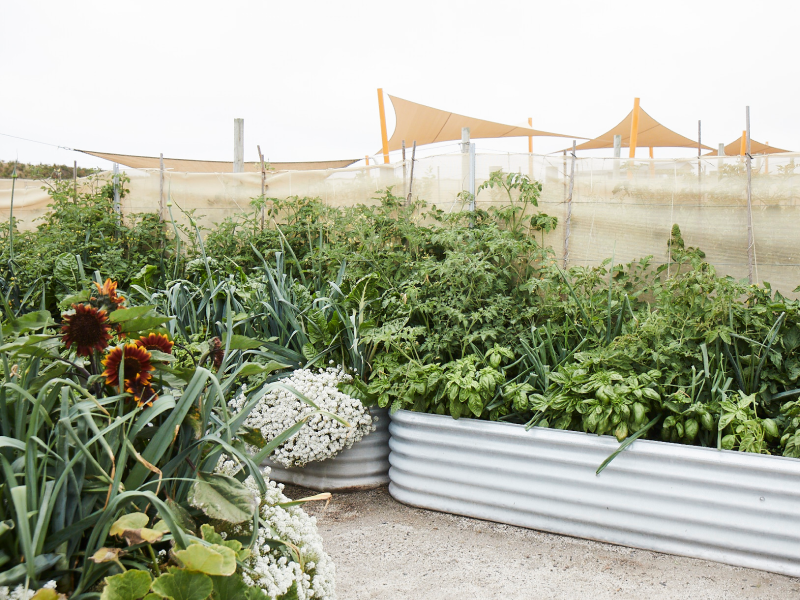
No backyard? No problem
If you’re in a smaller space with no backyard, like an apartment, Ben suggests getting some wins on the board before progressing to things that are trickier to grow in pots. “A lot of herbs are really hardy,” he says. “Start there, then perhaps some leafy greens or things that can cope with the heat – like chillies and rosemary – coming into summer.”
Or if you’re after more space, Ben is a huge advocate of communal gardening, especially in shared plots like they do at We Dig The Dairy. “It’s not just ‘that’s my plot and that’s yours’ – we share a space and grow food with others. It’s much easier physically. There’s multi generations involved. Our kids get involved, someone’s harvesting, someone else is baking cakes with the produce. It’s what community should be.”
Whether you’re growing basil in a pot or pumpkins on a plot, Ben says the impact can be profound. “I've seen so many gardens – including my own – transform into these ecosystems. Suddenly you've got new birds and insects,” he says. “You feel it, it’s tangible. We need to let nature do that on a broader scale.”
